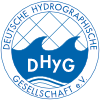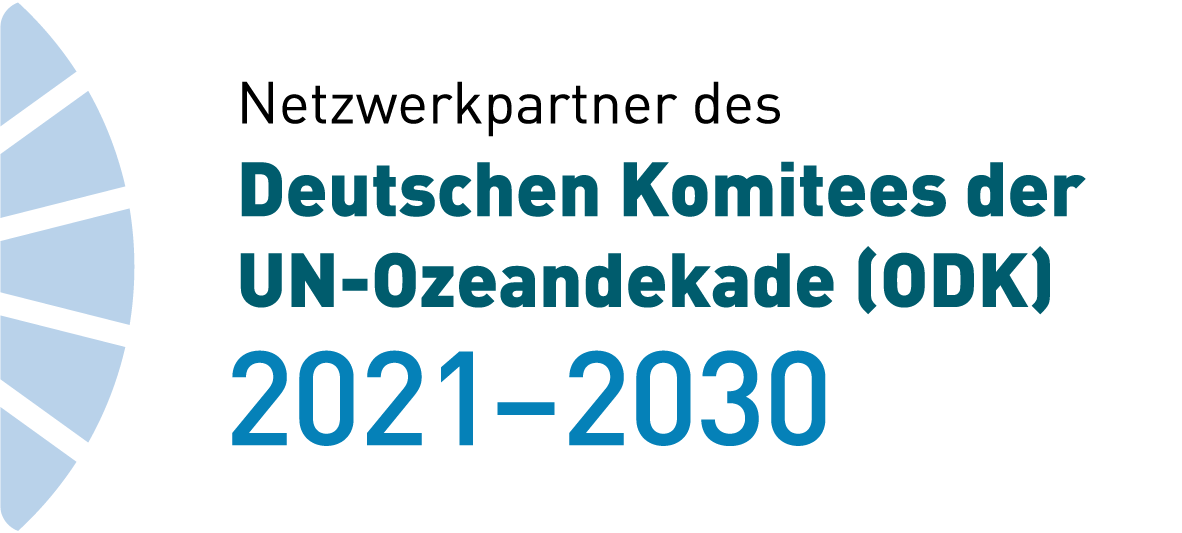HN Ausgaben wählen
- HN 132 (9)
- HN 131 (17)
- HN 130 (10)
- HN 129 (8)
- HN 128 (10)
- HN 127 (6)
- HN 126 (10)
- HN 125 (11)
- HN 124 (8)
- HN 123 (10)
- HN 122 (9)
- HN 121 (10)
- HN 120 (7)
- HN 119 (10)
- HN 118 (7)
- HN 117 (10)
- HN 116 (14)
- HN 115 (10)
- HN 114 (6)
- HN 113 (10)
- HN 112 (7)
- HN 111 (9)
- HN 110 (9)
- HN 109 (11)
- HN 108 (8)
- HN 107 (9)
- HN 106 (7)
- HN 105 (14)
- HN 104 (6)
- HN 103 (11)
- HN 102 (8)
- HN 101 (9)
- HN 100 (13)
- HN 097 (1)
ENC and ECDIS
Electronic Navigational Charts (ENC) and Electronic Chart Display and Information Systems (ECDIS) are typically created at different places: ENCs by various hydrographic offices, ECDIS by various industrial ECDIS manufacturers. When in use, ENCs and ECDIS form a closely interconnected »community« with its members strongly dependent on each other when creating results which aim to support the navigator as efficiently as possible. Recognising the complexity of the standardisation task a great deal of success has been achieved in creating a worldwide community of producers and users of ECDIS and ENCs providing a global coverage for the international maritime community. However, gaps exist between worlds of ENCs and ECDIS with regard to the standards and methods applied when producing and using ENCs and ECDIS. Some of these discrepancies between the worlds of ENCs and ECDIS have the potential to mislead the navigator and other users.
ENC | ECDIS | bathymetry | zooming in | S-57
- Ausgabe: HN 105 Seite: 30–33
- DOI: 10.23784/HN105-06
- Autor/en: Peter Dugge
Use of laser bathymetry at the German Baltic Sea coast
The German coastal waters are quite shallow. The idea arose to use airborne laser bathymetry (ALB) for hydrographic surveying of near-shore areas of the German Baltic Sea. Since these waters are relatively turbid, it became necessary to investigate to what extent modern ALB systems could be of practical use in an area large enough for hydrographic purposes especially in the Baltic Sea. The basic questions to be answered by the project were: Which areas can be measured by this method? And how expensive will this be in relation to traditional methods? From 2012 to 2014, four test surveys have been accomplished in an area north of the city of Wismar. During these surveys, many relevant questions were solved.
ALB | laser bathymetry | Baltic Sea | Secchi depth
- Ausgabe: HN 105 Seite: 26–28
- DOI: 10.23784/HN105-05
- Autor/en: Wilfried Ellmer
New techniques in capturing and modelling of morphological data
Since 2014 the techniques of LiDAR bathymetry have been used for capturing morphological data in Schleswig-Holstein. Round 2000 km. have already been surveyed with these techniques. Data gaps only occur locally in tide ways or low-lying areas, which are needed to be filled by hydrographic surveys. But compared with the bathymetric LiDAR, these surveys have a substantially lower density of points. Hence, it is difficult to merge these data to a morphological model. As a consequence it is necessary to densify the hydrographic data to create a homogeneous model. The mathematical method of Coons patches is suitable for this purpose. The gaps inside the area of hydrographic survey are filled with data points in desired density. The bathymetric information is then calculated using bilinear interpolation. As a result a data set which has a similar point density as the bathymetric LiDAR is created. After the preparation a homogeneous morphological model can be generated by triangulation, based on bathymetric LiDAR on the one hand and hydrographic surveys on the other hand.
coastal protection | LIDAR bathymetry | morphological data model | Coons patches
- Ausgabe: HN 105 Seite: 22–25
- DOI: 10.23784/HN105-04
- Autor/en: Lutz Christiansen
High-resolution, topobathymetric LiDAR coastal zone characterisation
Coastal and tidal environments are valuable ecosystems, which, however, are under pressure in many areas around the world due to globalisation and/or climate change. Detailed mapping of these environments is required in order to manage the coastal zone in a sustainable way. However, historically these transition zones between land and water are difficult or even impossible to map and investigate in high spatial resolution due to the challenging environmental conditions. The new generation of airborne topobathymetric light detection and ranging (LiDAR) potentially enables full-coverage and high-resolution mapping of these land-water transition zones. We have carried out topobathymetric LiDAR surveys in the Knudedyb tidal inlet system in the Danish Wadden Sea and the R.dsand lagoon connected to Fehmarnbelt. Here, we present the preliminary results of these two surveys which were carried out at two locations with different environmental settings. We demonstrate the potential of using airborne topobathymetric LiDAR for seamless mapping of land-water transition zones in challenging coastal environments, e.g. in an environment with high water column turbidity and continuously varying water levels due to tides as well as in an environment characterised by a very heterogeneous surface sediment composition.
topobathymetry | LiDAR | coastal zone | HydroVISH | point cloud classification
- Ausgabe: HN 105 Seite: 18–21
- DOI: 10.23784/HN105-03
- Autor/en: Frank Steinbacher, Ramona Baran, Mikkel S. Andersen, Zyad Al-Hamdani, Laurids R. Larsen, Martin Pfennigbauer, Verner B. Ernsten
Comparison and characteristics of oceanographic in situ measurements and simulations above submerged sand waves in a tidal inlet
Ocean colour and its transparency are related to turbidity caused by substances in water like organic and inorganic material. One of the essential climate variables (ECV) is ocean colour. However, this implies the correct interpretation of observed water quality parameters. Acoustic Doppler Current Profiler (ADCP) data of the three-dimensional current-field, echo intensity, modulation of suspended sediment concentration (SSC), and related water levels and wind velocities have been analysed as a function of water depth above submerged asymmetric compound sand waves during a tidal cycle in the Lister Tief of the German Bight in the North Sea.
ADCP | SSC – suspended sediment concentration | TSM – total suspended sediment | asymmetric compound sand wave | dynamic buoyancy density | action density
- Ausgabe: HN 105 Seite: 12–16
- DOI: 10.23784/HN105-02
- Autor/en: Ingo Hennings, Dagmar Herbers


